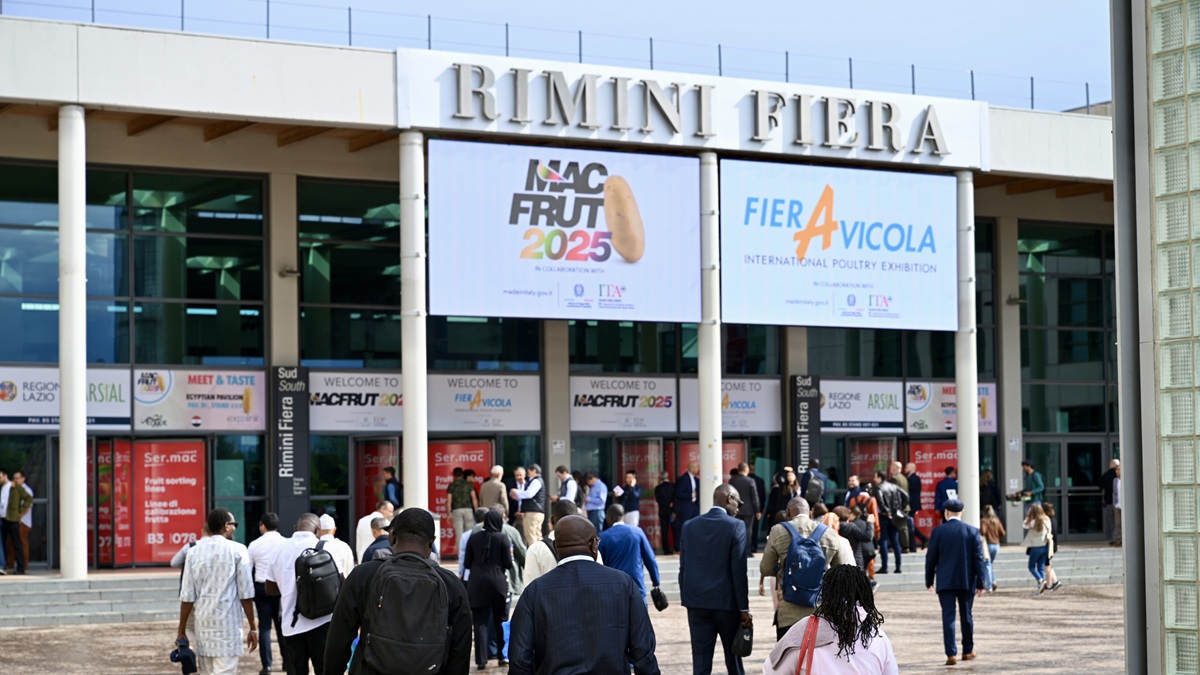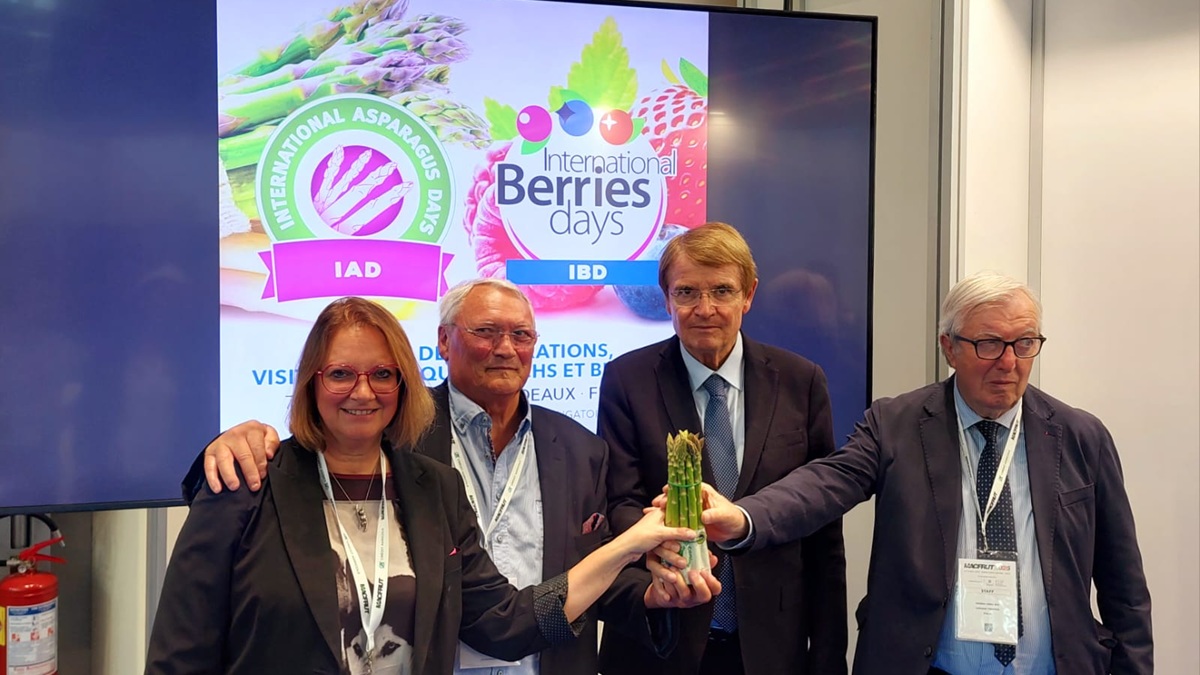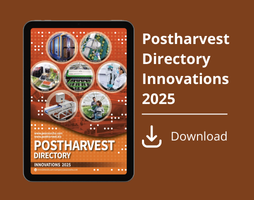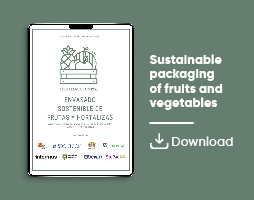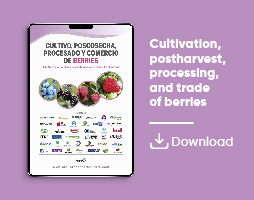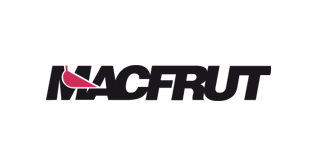

Macfrut
Services
Varietal Innovation and Technology in the Potato Sector in Response to Climate Change and Emerging Phytopathologies
This is the outcome of the International Potato Symposium, which brought together the world’s leading experts at Macfrut. Coordinator Luciano Trentini reports: 375 million tonnes of potatoes are produced worldwide. Italy does not produce enough to be self-sufficient
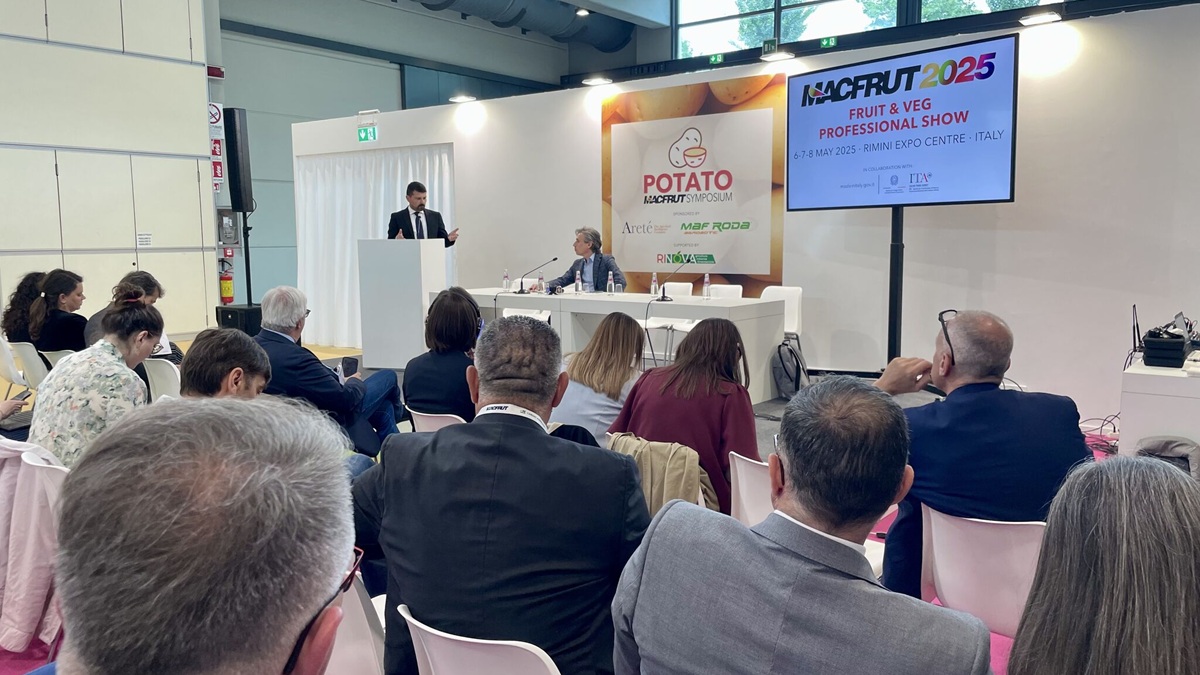
The potato sector is on a quest for innovation in the face of major challenges, not least climate change, the effects of which are causing agronomic issues and exacerbating existing and emerging plant diseases. These factors have led to a reduction in global potato production and a sharp increase in market prices in recent months, impacting both European and non-European markets.
This is the outcome of the International Potato Symposium, a three-day event held at Macfrut featuring 35 speakers from the main potato-producing countries. The potato was actually the key product at the 42nd edition of the international trade fair for the fruit and vegetable supply chain. Approximately 400 people attended the event, which took place during the three-day trade fair at the Rimini Expo Centre.
Approximately 375 million tonnes of potatoes are grown worldwide. With an annual production of around 95 million tonnes, China is the world’s largest potato producer, followed by India (56 million tonnes) and Ukraine (21 million tonnes). In 2023, around 48.5 million tonnes of potatoes were produced for the fresh market and processing industry in the 27 EU Member States (source: Eurostat). The main potato-producing countries are Germany (24%), France (18%), the Netherlands (14%), Poland (12%) and Belgium (8%). As the presented analyses show, the global consumption of processed products is growing steadily and strongly.
A careful analysis of production averages over the past five years shows that the global supply of potatoes has fallen significantly, resulting in a widespread increase in consumer prices.
Luciano Trentini, the event’s coordinator, explains:
‘Many different themes were discussed during the Symposium at Macfrut. One topic that attracted a great deal of interest was the organisation of production. In fact, from a regulatory point of view, one of the changes introduced this year is that the European Community has set up a CMO (Common Market Organisation) for the cultivation of potatoes. Italy is currently the only country to have implemented this Regulation, which gives potato-growing companies access to operational programmes similar to those reserved for fruit and vegetables. This will enable them to start modernising their production methods, particularly by embracing innovation.’
The challenges faced by potato growers throughout Europe were highlighted during the Symposium. These challenges are due to the presence of Agriotes spp., commonly known as wireworms, which are insects that cause serious damage to potatoes, the Ralstonia solanacearum bacteriosis, which also affects table tomatoes, and Cyperus esculentus, a particularly widespread European weed (also called chufa or tiger nut) that has been listed as a quarantine organism, which means specific protocols must be in place to control it.
Some fascinating topics have emerged from projects that aim to promote potatoes and increase the consumption of this valuable root vegetable. If they were consumed more widely, potatoes could play a pivotal role in addressing global hunger issues.
Trentini explains:
‘Italy is not a self-sufficient country. We mainly buy potatoes from France to meet 40-50% of our national demand. We also buy potatoes from Germany and early potatoes from Mediterranean countries. However, new Italian potato varieties are being developed, as Italy currently relies heavily on imports. The new cultivars presented and showcased in the area opposite the Symposium attracted a lot of attention, as did our finest products. With regard to locally sourced potatoes, a total of six varieties have protected designation of origin. Since Italian potato production is considered a niche market, it is important that the quality is high.’
One of the most promising cultivars developed by UNAPA (the National Union of Potato Producers’ Associations) in its experimental fields in Italy is called ‘Fiorella’, which has a dormancy period of three months (i.e. the length of time it can be preserved for before it starts to grow sprouts). This method preserves the product, which is typically stored from July until May or June of the following year, thereby halving the need for preservation treatments. Another variety that is particularly interesting is the Morisa, which was developed through hybridisation with the French ‘Gazelle’ variety. Its yield is much higher than the current worldwide average for cultivated potatoes, with yields of up to 50 tonnes per hectare being produced.



